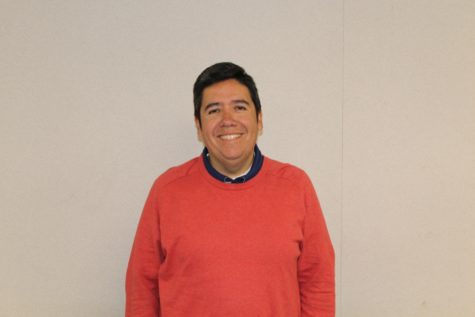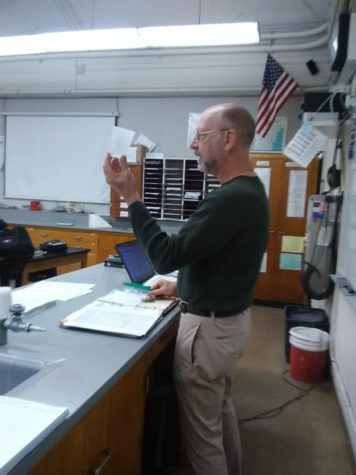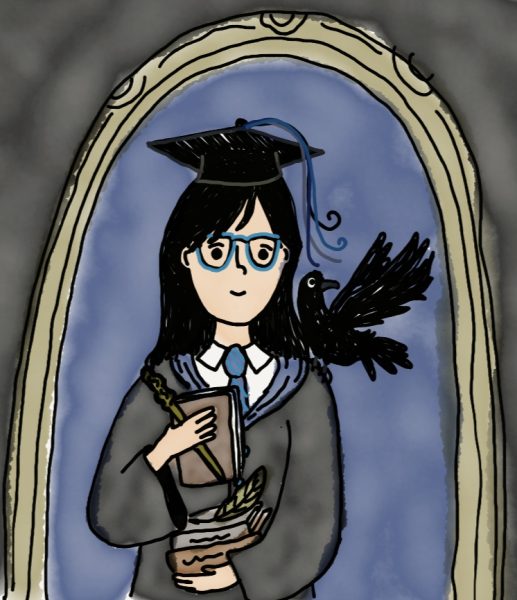Zoos Are Harmful
Visiting the zoo has always been a phenomenal adventure for people of all ages. The zoo houses hundreds of various exotic animals that intrigue all visitors. Everybody loves this “safe haven” for adorable animals, but what is seen on the outside is just the opposite of what is really behind the cages. People are clearly entertained by zoos, but the purpose of zoos is supposed to be for the animals’ benefit. Most people do not realize how harmful zoos are for the animals trapped inside. In order to continue the business of zoos, they are compelled to make money while taking in more wild animals. This combination is the worst possible ideal for a wild animal to live in, and there is clear evidence displaying animal cruelty in zoos. Combining unnatural habitats, genetic and behavioral issues, and animal cruelty in zoos forms a harmful environment for any animal to live in.
The artificial living conditions of the animals that are trapped in zoos harms them. There are many factors that contribute to the unnatural living habits of these animals, starting off with the living spaces. The small and bleak cages that these animals are enclosed in do not fit their natural habitat. For example, according to World Wildlife, Argentina’s last captive polar bear, Arturo, was supposed to be moved out of its zoo to Canada. Instead, the director of the zoo stated that “the 28-year-old bear is too old to be safely relocated,” along with many other illegitimate excuses. Even though thousands of people were against the zoo director’s decision and made many petitions, Arturo was left to die in his unnaturally heated exhibition at the local zoo. Compared to the vast and plentiful space for the wild animals to roam, they are equipped with miniscule entrapments that barely meet the state’s qualifications. These cages do not contain the space or natural factors that keep the animals able to maintain its former wild habits.
Besides being poorly equipped, zoo animals are constantly being modified by humans to make our lives easier. Genetic mutations do more damage than good to the zoo animals. If the mutation does not look right to the zoo and produces more hassle, it will be put down because it cannot function as it is supposed to. Also, behavioral issues in animals after being held in zoos are common and show how much they are affected negatively. For example, lions in zoos spend 48% of their time pacing, a recognized sign of behavioral problems.
Lastly, but most importantly, zoos constantly abuse their animals. Zoo animals are treated very poorly and are not cared for at all. In 2010, a CAPS undercover investigator filmed sick animals left untreated and dead animals to rot on floors at Tweddle Farm Zoo. A former employee of a safari park said “culling was being used as a means of training instead of being carried out in the kindest and most humane way.” Even healthy animals are killed if there is a surplus. Sea World is a major aquatic wildlife industry that demonstrates many examples of abuse. Watching dolphins do amazing tricks with one command may look mesmerizing, but they are trained to do that from many abusing bruises and hours of torture. Zoos and aquariums like Sea World will and are known to starve, illegally buy, and train their animals by using electric goads and physical attacks.
In contradiction to the positive mindsets of zoos, some people may say that zoos serve as conservation. However, in the end, zoos only care about money. Their breeding programs are to ensure a captive population and not reintroduction. They spend millions of dollars keeping their animals confined, while natural habitats are destroyed and animals are killed if there is insufficient funding for protection.
Zoos will do anything in their power to ensure the prosperity of their business but not the well-being of their animals. Zoos only focus on the financial prospect, such as high ticket prices and family-based activities. This is why zoos must be stopped and exposed to the world. The next time you or your family decides to visit the zoo to check out the adorable animals, think about the way they are being treated behind those bars. They are mostly miserable and abused, and the intentions of zoos are negative and should be renovated.
Hello there! Our goal is to provide relavent, engaging journalism for readers of all ages. Your donation will support the student journalists of the Wolfpacket at Claremont High School, and will allow us to purchase equipment, print our monthly issues, and enter in journalism competitions. We appreciate your consideration!

Makayla Oas is a freshman at CHS and it is her first year on the Wolfpacket as a reporter.







